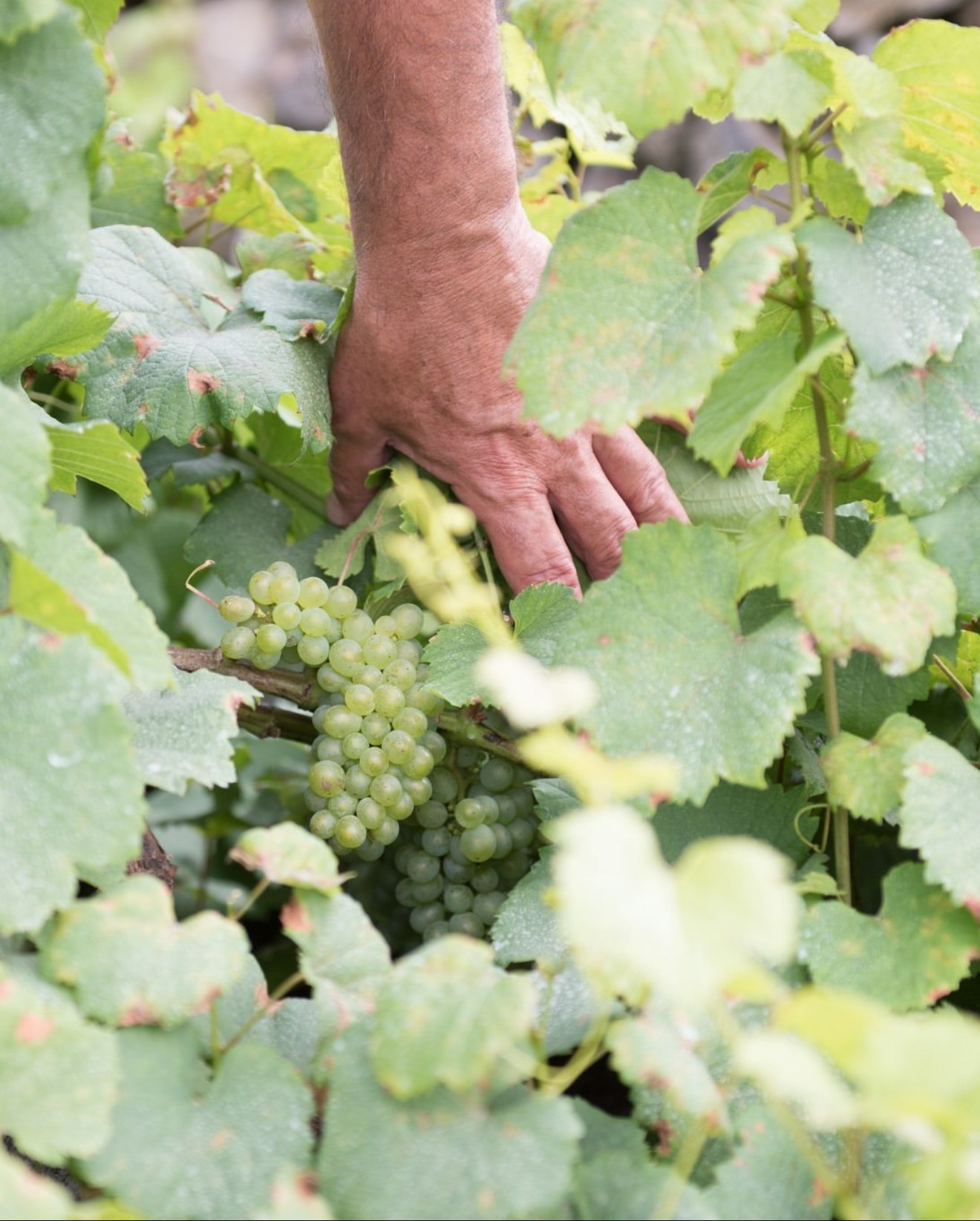Wine in the Azores - BEAR X Scott Currie
WINE IN THE AZORES
BEAR X SCOTT CURRIE
Scott is a boundary-pusher who flies mischievously close to the sun. He is also one of the most hilarious, mysterious, generous, capricious people I know. Nothing he tells me surprises me, because.. well, it’s Scott. So when he mentioned he was “spending a month working on a dig site in Crete, helping with archeology” I barely flinched. He “felt like going for a travel” so popped to Portugal, and has cooked up this beauty for us!
Picture & cover tile by Pico Wines
A white canvas sign slaps furiously on the concrete wall, irascible from the wind. It promises a fusion of architectural creations and artistic discovery. Just go to this website…
The sign pounds churlishly, demanding attention. The structure it girts is a ruin. The website is very slick and modern.
The scene plays out continuously along the Portuguese mainland, from cities to fishing villages to orange groves. The quaint villages awaken not to fishing fleets but to wheelbarrows and buzzsaws. The cities to jackhammers and cranes. Only time will tell if this is a rejuvenation of the Portuguese cityscape, a strengthening of its peerless faded glory aesthetic, or a pretext for its destruction.
But the journey to Portugal wasn’t to see a cocoon, it was to be dazzled by butterflies. So we leave behind the concrete dust eddies for magic. A flight soon grounds us in the Azores islands. The archipelago is slowly being discovered but for now remains perfectly local.
Pico is an island which is known for two things. The first is hosting Pico mountain, which dominates the landscape when she removes her cloudy veil. It is also the tallest mountain in Portugal, so tuck that one away for your next trivia night. The second is its viniculture. The vines are grown low and close to the ground, sheltered from monstrous seasonal winds by cobwebs of volcanic rock-walls. The setup is so unique and picturesque that it has deservedly been recognised as a UNESCO World Heritage site.
Diademed around the island are a number of vineyards, each of which boasts its own unique heritage and story. Although they all share the same approach to grapevines, somehow coaxing the plants out of soilless, rocky earth.
A thorough survey of wineries was made and the attendance roll included: Entrepedras Vinhos, Czar Winery, Adega a Buraca, A Cerca dos Frades, Cancela do Porco, Azores Wine Company, Curral Atlantis, Picowines, Adega do Vulcão, Pocinho Bay, Cátia Laranjo, Adega Lucas Amaral, and Insula Vinus. That list is essentially arranged in an anticlockwise direction around the island.
If a traveller has the time and interest, every winery visit was worthwhile. They helped to provide insight into the life of the island, in the present and the past. A word to the wise, don’t stray too far from the white wines. There is a concerted effort to make the island’s red wines more palatable to unrefined non-locals but there is still a way to go. Newer vintage reds are a surer bet than older ones. Additionally, there are a number of liqueurs produced on the island including a fig-based moonshine. Do not drink this the night before climbing the mountain, it could clearly fuel a car but its effect on the human body is less salubrious. Unless you have something to prove, it can be skipped entirely.
For those hard-pressed, here are the podium finishers for Pico wines.
Adega Lucas Amaral - The cozy little open door is run by the young winemaker’s wife, whose pride in her husband and his wine is infectious. Recently having taken over the family’s vines, Lucas is already making a new for himself with several of his wines wining local, domestic, and European awards. Special mentions to the verdelho, which moves slowly across the tongue giving pineapple and banana hints before disappearing with a saltiness, and the arinto, which tastes like water to a parched throat and has a gentleness despite its acidity.
Picowine - Picowine is a winemaking co-operative, pulling from a number of farms and producing a variety of labels. Located in a building with the charm of a tyre factory, populated by apparently sleep-deprived husks, and stuffed with an intimidating array of wine, Picowine is reminiscent of a great crème brûlée. For cracking this crust rewards with great richness. The building is revealed to hold a multitude of wine-related activities, the people return any interest shown tenfold, and there is enough variety amongst the wine to keep any number of travel companions satisfied.
A particular recommendation that only Picowine can provide is the local ceremonial wine, made during and predominantly consumed, for religious festivals.
The Azores Wine Company - I am reluctant to recommend obvious places, and wineries on Pico don’t get more obvious than the well developed and situated Azores Wine Company. It is the only winery on the island that has a tasting room akin to what you might find in a slick, established Australian winery. But, it has been built off the back of some excellent wine and should not be missed. It is also one of the rare places on the island where a red wine can be risked.
Writer: Scott Currie.

